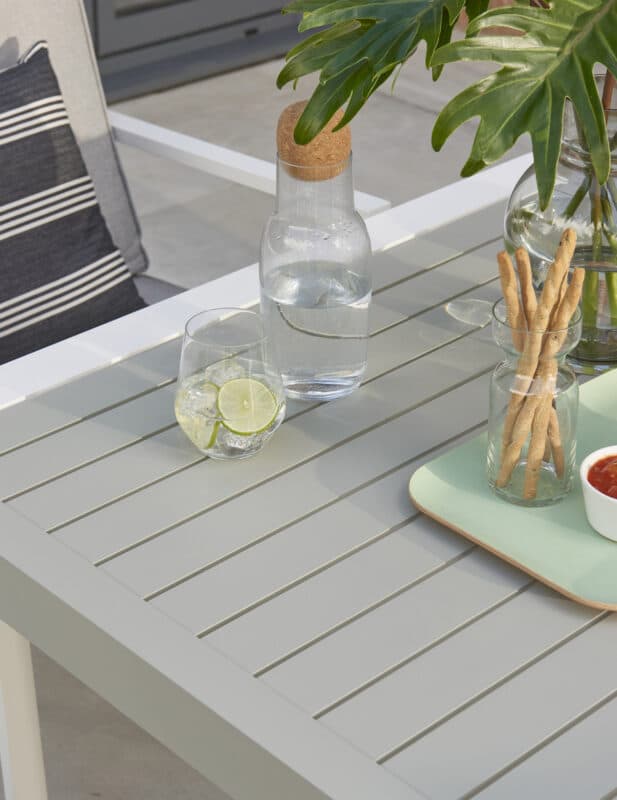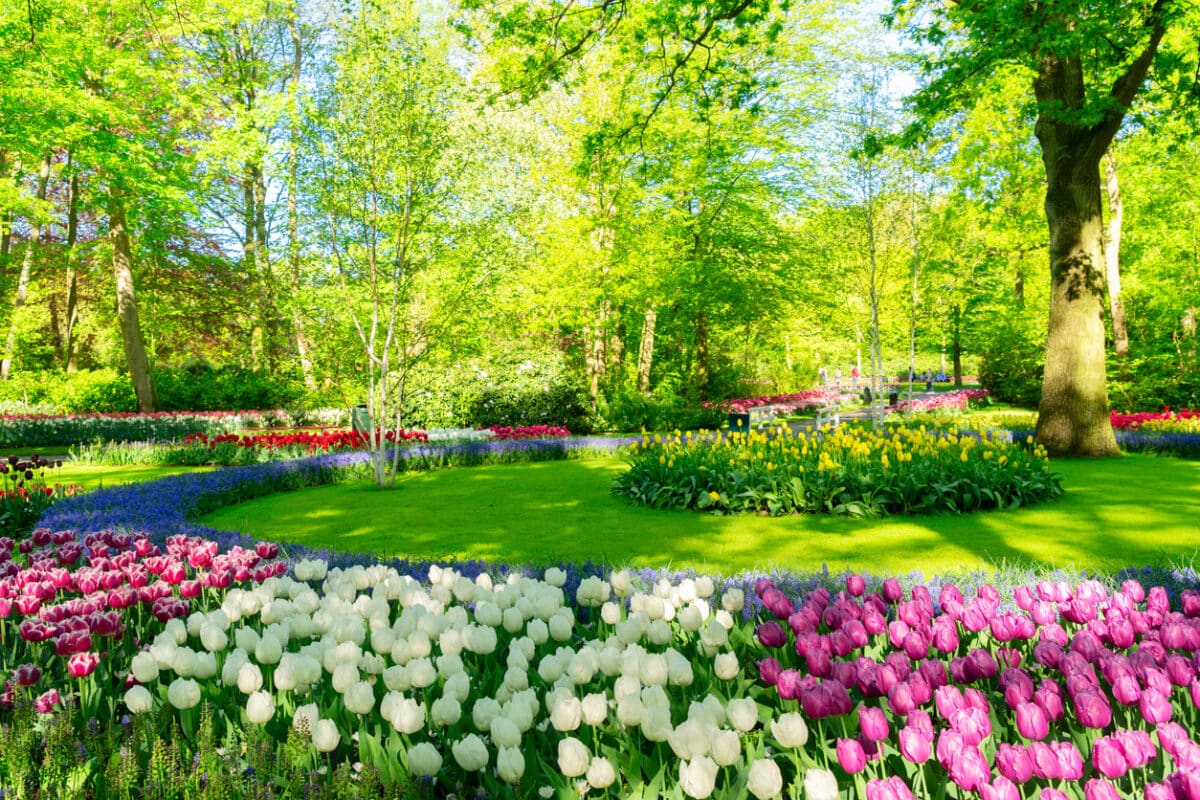Garden Style
How to make a beautiful garden – Part 1
You want to know how to make a beautiful garden. You have no idea where to start. No worries. We have some very simple garden design tips for you that everyone can achieve. In Part 1 of the series we’re looking into the wonder of threes fives and sevens, the impact of short medium and tall, and the power of small medium and large. What adventures! Here goes.
Make a beautiful garden simply
You know some people seem to have a magical ability to place objects so they look cool? You arrange a bunch of plant pots and they just look like a bunch of plant pots. They do it and it looks like something out of a glossy magazine. You plant a row of shrubs and they sit there, sullen and dull. They do the same and magic happens. And while your garden looks plain and boring, theirs is a haven everyone loves to spend time in. How do they do that? Let’s decode what’s going on from a design perspective.
Why 3 5 and 7 looks so much better than 2, 4 and 6
Unless you’re aiming for something totally symmetrical like a classical Italian garden, even numbers of things often look terrible. Two plant pots with identical plants in them look boring. Four looks clumsy, just a big block. Six? Urgh. Try your hardest and they still look weird. It’s strange but compared to even numbers the odd numbers, the threes, fives and sevens, effortlessly look pleasing to the eye.
How to do it? Grab three, five or seven things. Arrange them any way you like. They naturally look stylish. How exciting is that!
Use short, medium and tall plants to create an interesting backdrop
Most of us have small town or city gardens. If yours is a boring rectangle of grass with plants around the edges and a plain wooden fence, that’s the norm. You want it to look more interesting? You can do exactly that by planting short, medium and tall plants in groups of three, five or seven.
The height you create with taller plants or climbers draws the eye upwards while helping to distract you from views of ugly stuff like next door’s washing line or the back of someone’s garage. The low planting you add creates interest at ground level, taking the eye away from a dull expanse of fencing. The medium height planting ties the two together. The fact that you’ve used the three, five or seven rule means the overall effect is natural-looking, interesting, and stylish.
If you’re tempted to put all the tall things at the back and the smaller ones at the front, you can rebel against yourself for an even more interesting effect. Plant tall things at the front of a bed and you find the space looks bigger. You’ve created a little bit of mystery in a super-easy way. Somewhere to peep through into another world.
How to make a beautiful garden using small, medium and large
Take three large identical rocks. Arrange them in your garden as a decorative feature. Hm. Take three rocks, one large, one medium and one small. Arrange them and… voila. It looks so much more interesting, much more visually stimulating. Take three identical planters. The same happens. Make them small, medium and large and you get instant attraction.
Why are uneven numbers of things so pleasing?
In the same way that 3, 5 and 7 look good, so do short medium and tall, and small medium and large. There’s something about them all that pleases the human eye whatever culture or background you come from, and there’s a reason.
Odd numbers in general, and the number three specifically, have been appreciated by artists and designers for centuries. While even numbers create symmetry, odd numbers create interest.
An odd number of things captures the human gaze so much better than evens. Odd numbers force your eyes to explore the group of things and, at the same time, the wider area. And that ‘forcing’ is what compels our brains to keep exploring. That’s why a set of three is always more appealing and memorable than twos.
It’s no surprise then, that in any group of things you get an even better impact when you also include some kind of other hierarchy, for example – as we’ve suggested – some variation in height or size. Varied shapes also work beautifully. Three different shaped things look even better grouped than three of the same shaped things placed together
You’ll know when you get it right. Creative or not, artistic or not, you’ll feel the whole scene ‘pop’ when you hit on a pleasing arrangement and it’ll make you feel happy. It’s hard to describe but impossible to miss when it happens. And that is one of the biggest creative mysteries of all.
Now you know how to make a beautiful garden with odd numbers of things and variations on themes. Next time we’ll explore how to create mystery in your garden – and why it matters.




